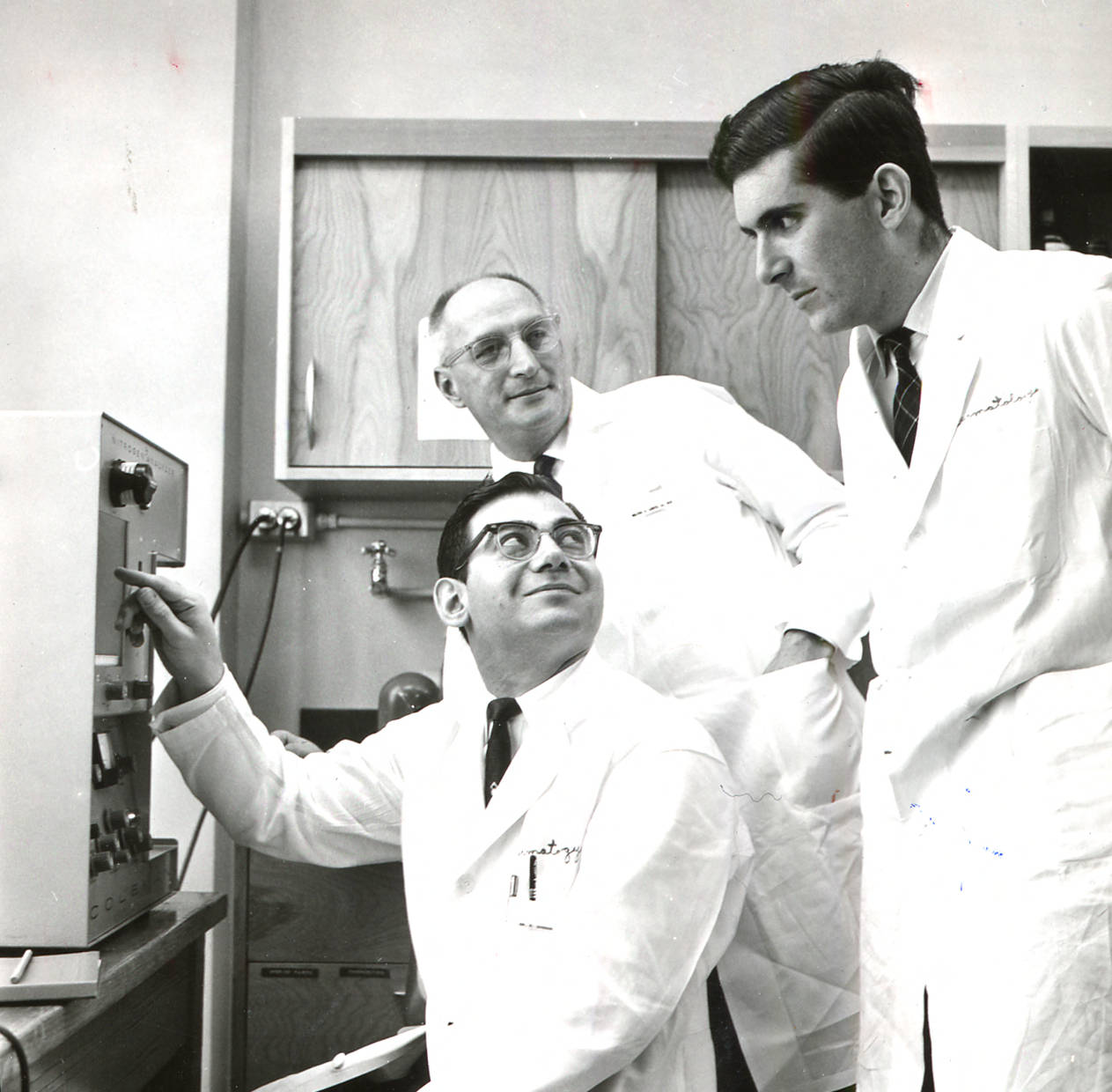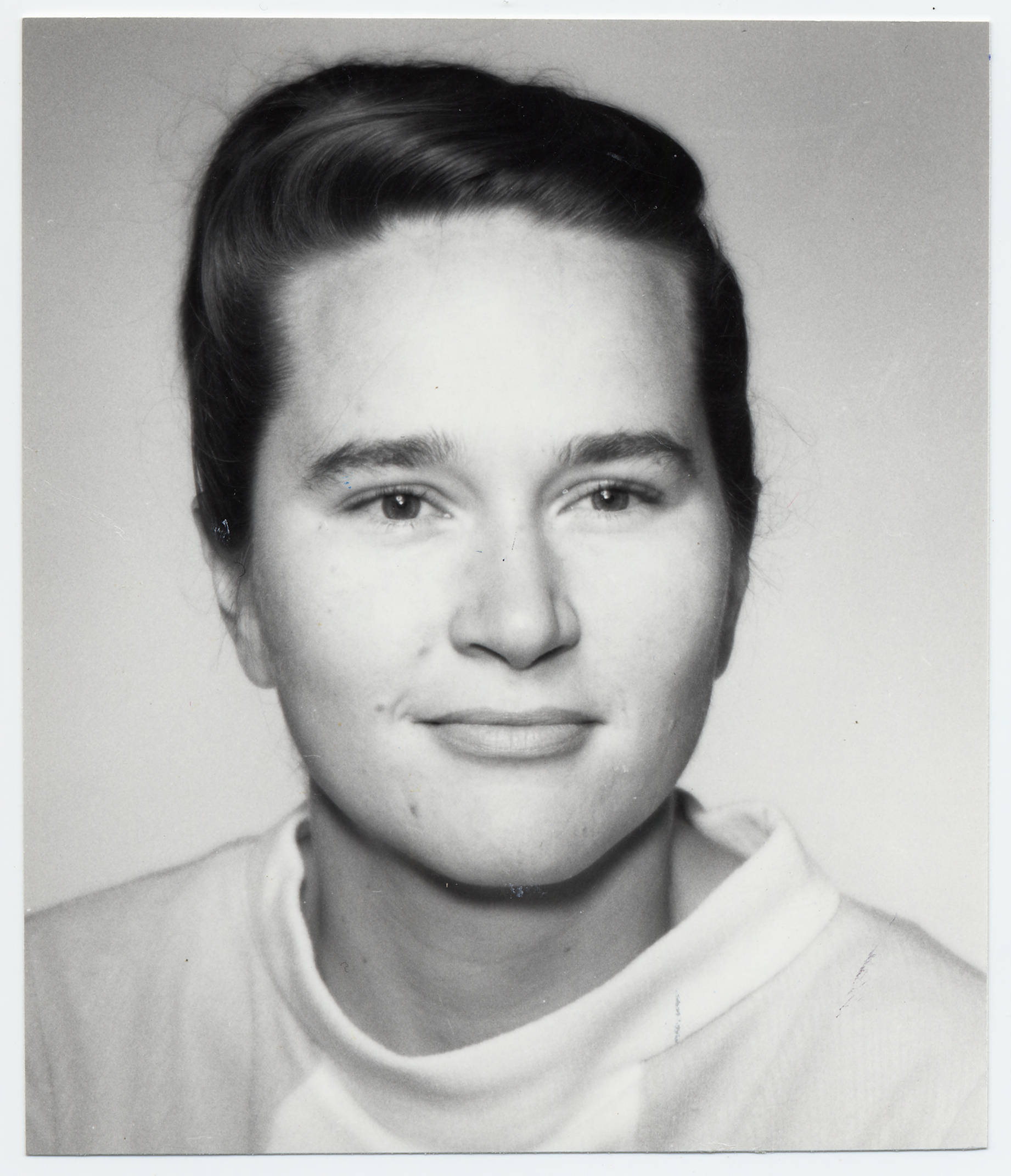Walter Lobitz Jr. was one of the most influential dermatologists in Oregon during the twentieth century. He was named head of the Department of Dermatology at the University of Oregon Medical School (now Oregon Health & Science University) in 1959. During his eighteen-year tenure, the small division, consisting of two faculty members, grew into a department with faculty and supporting staff of more than thirty. Before he retired in 1977, the residency program had a waiting list of a hundred applicants for three or four positions.
Lobitz knew firsthand the effects of skin disease. At the age of twenty-one in 1932, in his first year of medical school at the University of Cincinnati, he was diagnosed with generalized morphea, a disease that causes hard, dark skin patches to spread across the body. The disease caused a delay in his education, but he eventually earned his medical degree with honors in 1941. The next year, he joined the Mayo Clinic and Foundation in Rochester, Minnesota, as a dermatology fellow. While there, he became interested in atopic dermatitis, a type of eczema that chronically relapses and causes itching.
The body’s sweat glands also fascinated Lobitz. In 1948, he published a groundbreaking study on the chemistry of sweat glands in hands. His scientific work led to a better understanding of miliaria (not to be confused with malaria), a common ailment in tropical climates characterized by itchy rashes. Later in his career, he contributed new knowledge about cellular immunity in atopic dermatitis.
After his fellowship, Lobitz moved to Hanover, New Hampshire, to start his own program at the Hitchcock Clinic and Dartmouth Medical School. In 1959, he was recruited by the University of Oregon Medical School to lead its dermatology program after the departure of Thomas Fitzpatrick, who left Oregon to become chair of dermatology at Harvard.
Lobitz was a founding member of the Association of University Professors of Dermatology and its president in 1965. That group helped navigate dermatology into a specialty in its own right, rather than keeping it a subspecialty of internal medicine. He was at the helm in 1970 when the medical school granted dermatology its own department and promoted dermatology research throughout the country. He also worked tirelessly to obtain funding from corporations and government to support young investigators. According to Diane Baker, a resident of Lobitz’s and president of the American Academy of Dermatology, “He contributed to dermatology’s progression from a descriptive, visual type of specialty to a scientifically based specialty.”
Lobitz and William Montagna, a biologist and cellular anatomist who was the second director of the Oregon Regional Primate Research Center, collaborated on many studies. In 1950, they organized the Brown Conference at Providence, Rhode Island, which brought together basic scientists and clinical dermatologists for in-depth discussions on skin biology. In the 1960s, the conference—known as the Montagna Symposium on the Biology of Skin—moved to Oregon, where it endures as the preeminent meeting for practicing physicians to connect with laboratory scientists.
Lobitz is credited with training a large number of dermatologists who became national and international leaders in the specialty. Frances Storrs, the second female resident in the department and later a faculty member, remembered: “He was probably the best example of a pure mentor that I’ve ever encountered….He was absolutely charismatic. The community wanted to be where he was because his mind sparkled with ideas and interesting concepts.” For contributions to the specialty at the national and international levels, the American Academy of Dermatology gave him its highest honor, the Gold Medal Award in 1985, and three years later the Master in Dermatology Award.
Lobitz died in 2006 at the age of ninety-three.
-
![]()
Dermatology faculty, Walter Lobitz, Richard Dobson, and unidentified male, in lab, c.1960.
Courtesy Oregon Health & Sciences University Digital Collections
-
![]()
Walter Charles Lobitz, Jr., M.D., at microscope, c.1960.
Courtesy Oregon Health & Sciences University Digital Collections
Related Entries
Map This on the Oregon History WayFinder
The Oregon History Wayfinder is an interactive map that identifies significant places, people, and events in Oregon history.
Further Reading
Baker, Diane Romayne. "In Memorium: Walter Charles Lobitz, Jr, MD (1911-2006): A Life Well Lived." Archives of Dermatology 142 (2006), 1495-1496.
OHSU Department of Dermatology 1922-2010. Portland: Oregon Health & Science University, 2010.



